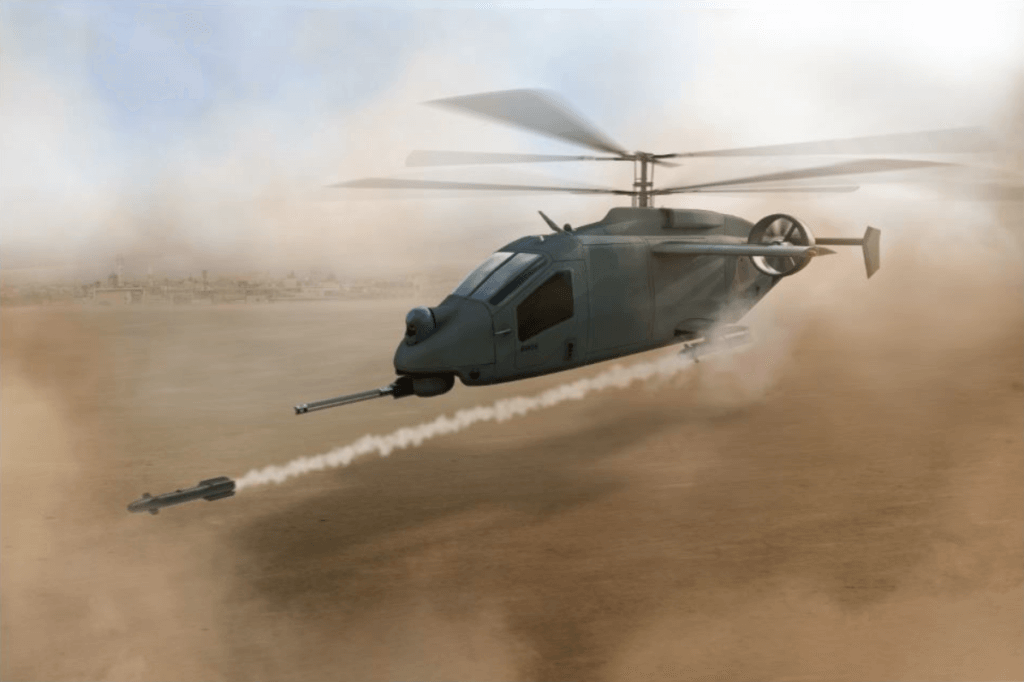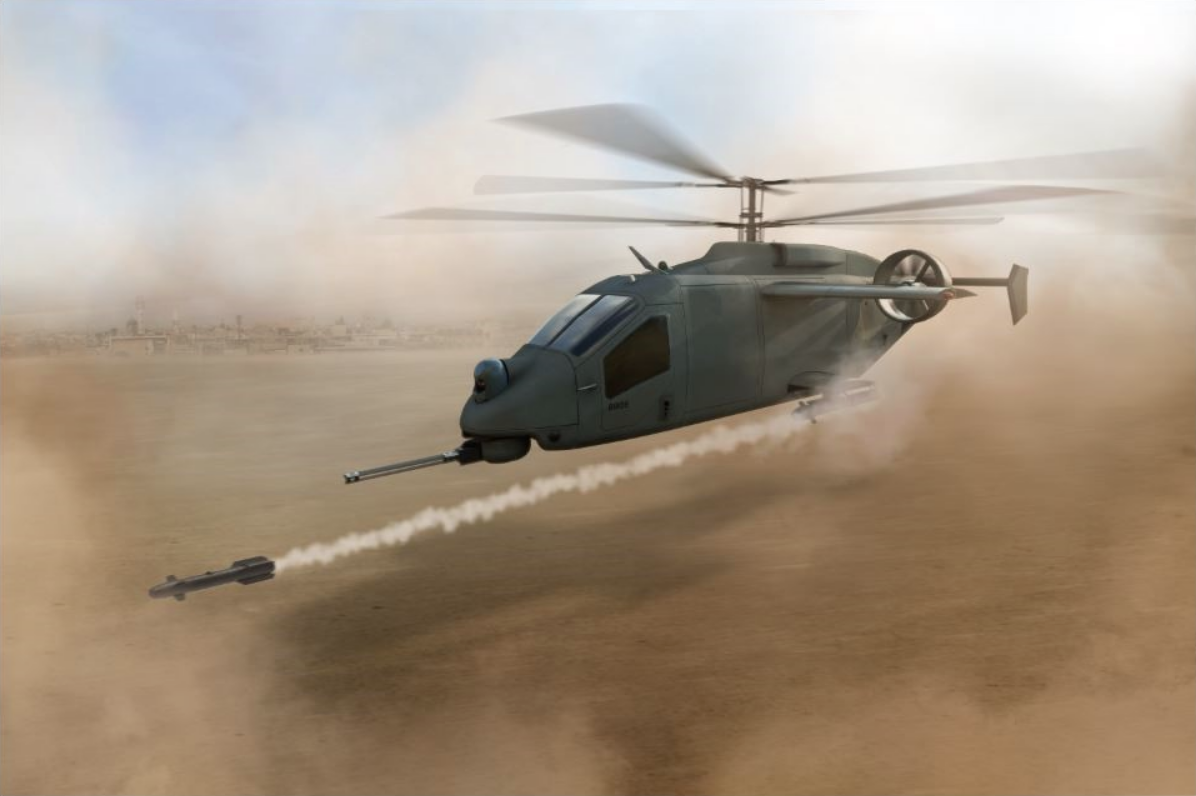The AVX Aircraft Company and L3 Technologies announced on April 15 their innovative compound coaxial helicopter (CCH) design, which is competing for Phase 1 of the U.S. Army Future Attack Reconnaissance Aircraft (FARA)-Competitive Prototype (CP) program competition.

The innovative design solution will exceed the reconnaissance and light-attack mission of FARA with a high-performing and survivable platform. AVX-L3 CCH will meet 100 percent of mandatory requirements and exceed 70 percent of them. The CCH design, combined with rigorous engineering and production processes and certifications, will deliver a safe, performance-driven, affordable aircraft capable of operating in highly contested airspace and degraded environments for extended periods.
“This FARA-CP solution provides L3 and AVX an opportunity to demonstrate the agility and innovation that sets our team apart in support of the U.S. Army’s modernization priorities,” said Christopher E. Kubasik, chairman, chief executive officer and president of L3 Technologies. “We are collaborating to deliver a prototype that provides powerful leap-ahead capability for our warfighters at an affordable life cycle cost.”
“We are extremely pleased to reveal the design for this very important U.S. Army program,” said Troy Gaffey, AVX CEO and chief engineer. “AVX and L3 provide unique engineering design skills and manufacturing expertise that will provide the Army with an advanced, lethal and affordable reconnaissance and light-attack platform.”
The companies’ next-generation, single-engine design, paired with a wing for lift during high-speed forward flight, provides leap-ahead capabilities in a faster, lighter and more lethal aircraft that requires less maintenance through its life cycle, featuring:
- A fly-by-wire, side-by-side cockpit optimized for pilot efficiency;
- Two ducted fans that provide forward and reverse thrust for both high-speed operation and agility;
- State-of-the-art modern open systems architecture (MOSA)-based digital backbone and avionics systems;
- A small form factor that meets C-17 loading and Navy DDG shipboard size limits through manually folding blades and wings; and
- Modularity that provides for component reuse and a high degree of systems commonality across all of the U.S. Army capability sets.
See more about the solution at https://youtu.be/nVdXsVGCyBQ.
The two companies announced their proposal in December 2018.










While these two companies have a good reputation, and the proposed design sounds impressive, I am from the old school in that
you build it; fly it; fix any discrepancies, and then announce it. It is very embarrassing when the time table gets pushed back.